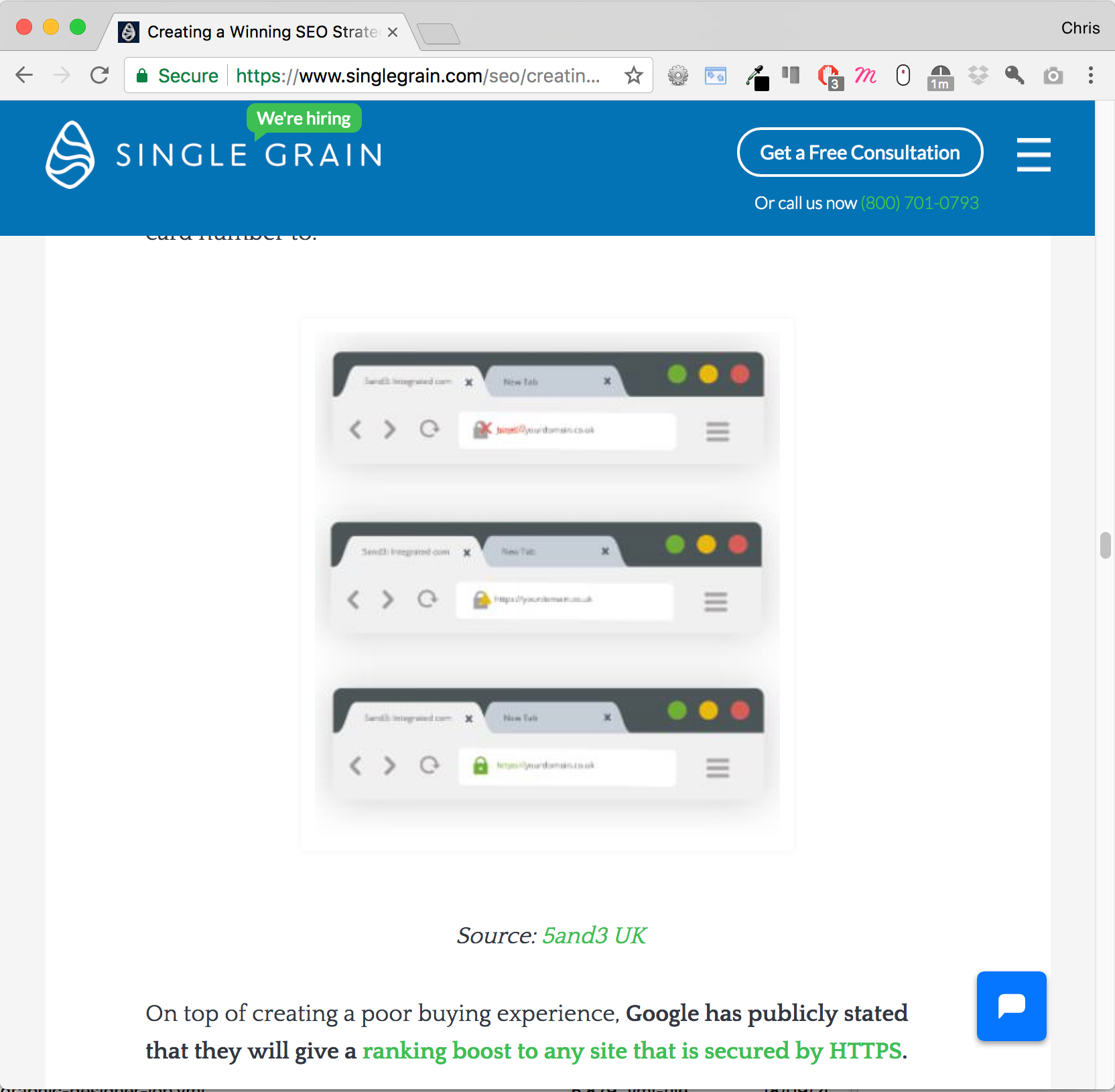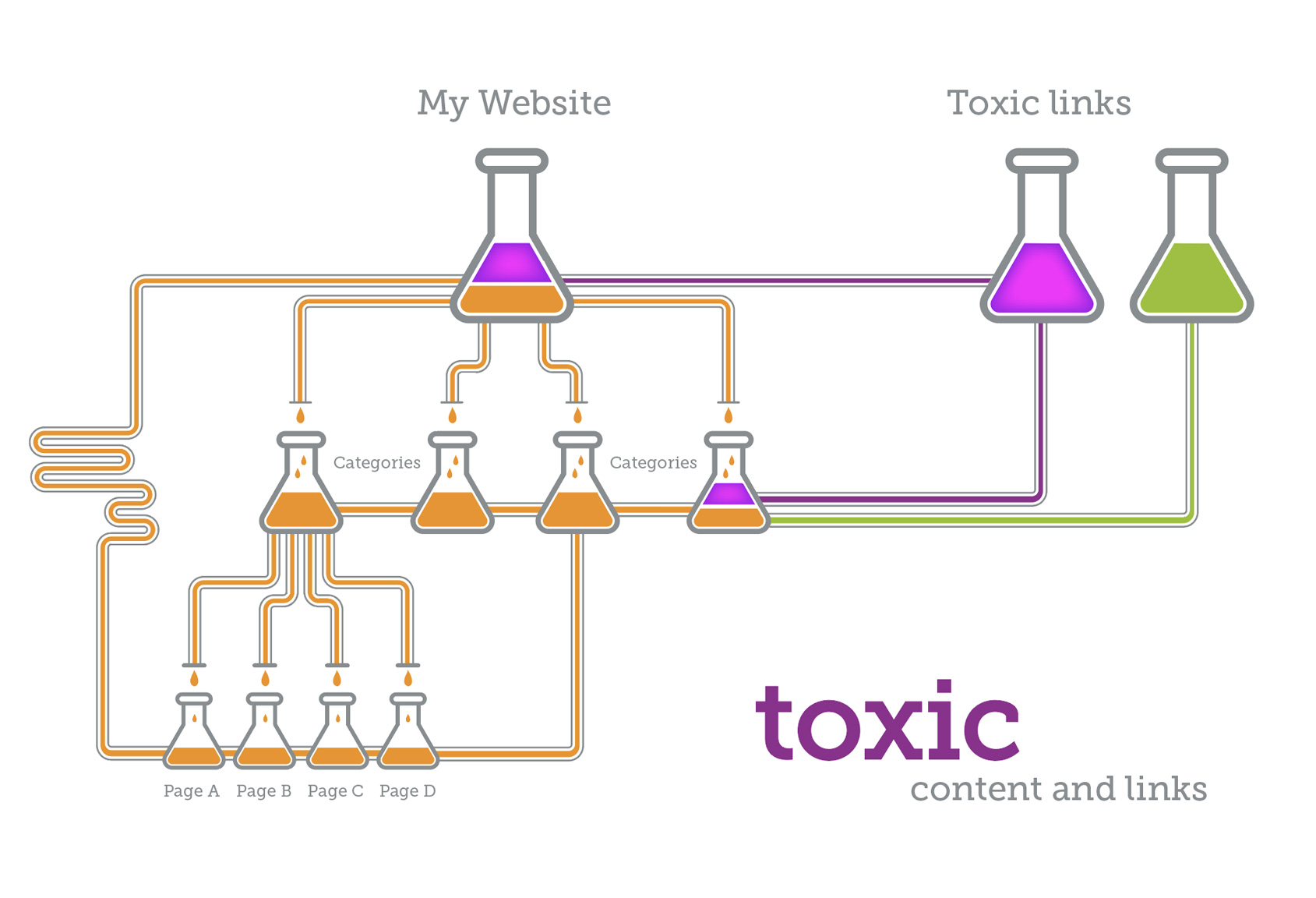Link juice simply is a way to describe how website links (internal and external) pass and share equity around the world wide web.
A great way to rank higher in Google
Link juice is a valuable liquid commodity, much like petrol in a car. Liquid flows into your web pages from external
sources like Google and social networks, every drop is vital to ensuring higher search rankings and in turn the success of your website.

How to make link juice flow
- Connect each linking pipe using a relevant keyword anchor text link
- Connect your pipes to relevant pages only
- Ensure sure all of your content gets juice or they will dry up
- The pages that receive the most juice will thrive
- Link juice from other sites is a valuable commodity and will help you rank higher, so connect to as many juicy sites to thrive!
Pages within your website that are linked the most to by high quality and high ranking websites (backlinks) within your
industry or topic range, including Youtube, Google or your social networks become your “main resource”. This is called backlinking.
These main resource pages store the majority of your link juice, this will typically be pages such as your homepage or articles page.
Each of your “resource” pages will link to other pages on your website (internal linking). The objective is to allow link juice to flow smoothly
from an external high ranking website (Forbes for example) into your main resource (home or article page), further continuing its flow into other pages on your website without losing a single drop.
If you can achieve this then your website's ranking power will increase and thus, higher search and organic traffic to your website.

If you want to see an example of a quality backlink then please check out our
earned backlink
for a HTTP vs HTTPS article that we have written.
Analogy: Pipes, containers and yummy link juice
Web pages are containers, links are pipes and liquid is juicey. Your website’s job is to retain as much juice as possible
by allowing juice to flow through pipes to containers without spillages. The more juice that flows through pipes to containers,
the more power they have to rank higher in search engines for the topics, phrases and keywords that you have planned. If you
can acquire and retain lots of juice for and within your website then happy days, a great start to a website that delivers results.
How much juice your website acquires depends upon how much trust your website has and how many other external containers
you are connected to share juice with. The trust of your website can be increased by the relevancy and quality of your
containers content. Once you’ve invested into obtaining and retaining as much juice as possible, you’ll want to avoid those
pipes leaking your yummy juice.
How? Fix those cracked pipes
You’ll want to avoid redirects within internal linking. This is not always possible though as websites change and evolve,
containers and pipes need to move around and in doing so, sometimes, burst and broken pipes occur. This can be catastrophic
as your resource, your yummy juice, will be lost. So, what do we do?
Redirect the juice
- 301 = Permanent redirect
- 302 = Temporary redirect
A 301 would be equivalent to a tiny hole in a pipe leaking a small amount of juice before it reaches its target container.
Whilst not ideal, this is the best way of changing pipes when moving your containers around.
301 is the best way of transferring link juice without losing equity.
A 302 is a hole 10x larger and allows up to 10x times more juice to escape.
302 is temporary, not as much equity is passed on as 301’s and shouldn’t be used unless it is a short term solution.
Redirect chains and their effect on link juice
Multiple holes (redirects) could make a pipe crack and burst, which results in most of your yummy juice escaping before it reaches the container.
To avoid pipes bursting, it’s prudent to ensure that pipes are a good fit and not misaligned. What do I mean? Ensure the URL is exact
to avoid redirects and thus no leaking pipes losing your juice.
Avoid duplication issues
With Canonical links to master versions of your content, you retain more link juice by ensuring all of your equity is channeled to one page
rather than being split across duplicate content.
Quality link juice is highly important
Youtube, Behance, Forbes, The guardian, Google, Bing and social media campaigns all provide quality juice and thus will have a healthy
and positive effect on your website.
Toxic link juice
Annoyingly, there are some highly toxic juices out there that can damage your website.
If you have paid for backlinks, links from “link farms” or any “from” sites with questionable content then your website will suffer.
What do I mean by questionable? Effectively, content that is trying to trick or manipulate Google into ranking your site higher
(black hat marketing). These types of links are highly corrosive to the internal piping of your website and you will start hemorrhaging
your hard earned link juice. This is typically called “black hat marketing”
Building trust with quality healthy juice is a slow gradual process and, losing it through link farming and questionable content can happen
in an instant. Your website could become blacklisted, which is not advised because it can take many years to fix!

Summary
So, to summarise, we love juice. A well plumbed and piped website with free flowing content throughout your pages
and with quality backlinks from reputable and highly ranked websites will improve your own website. Topic relevancy is also
important. If you sell cars, having links from Moonpig won’t help!
Maybe we can help you check your plumbing to ensure that your juice is flowing nicely?
Author

Wayne Frisby / Website developer and SEO expert
Has this article helped you? Have I missed anything? If so, I'd love to hear about it! Contact me on
Twitter @Wayne5and3